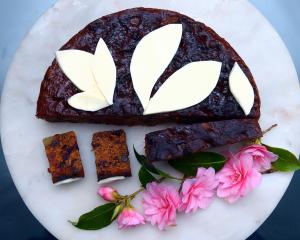Daniel Pfyl, hospitality management lecturer at Otago Polytechnic, shares some professional techniques to make your cooking easier.
This week, how to clean and cook a leek.
If you would like to request a particular technique, please let us know. Write to Trick of the Trade, Editorial Features, Otago Daily Times, P. O. Box 181, Dunedin or email odt.features@odt.co.nz with trick of the trade in the subject line.
To check earlier Trick of the trade columns visit: http://www.odt.co.nz/news/tags/trick-trade
More information on cooking from the Otago Polytechnic can be found on www.otagocookeryl4.blogspot.com




















